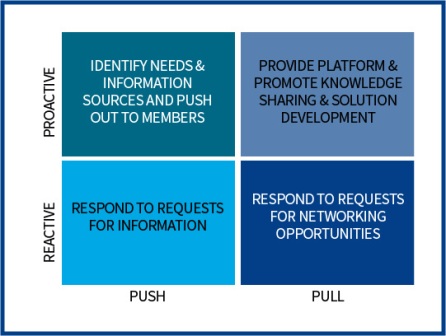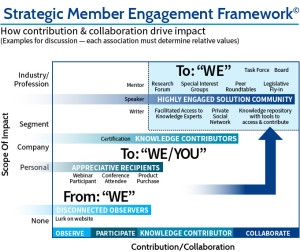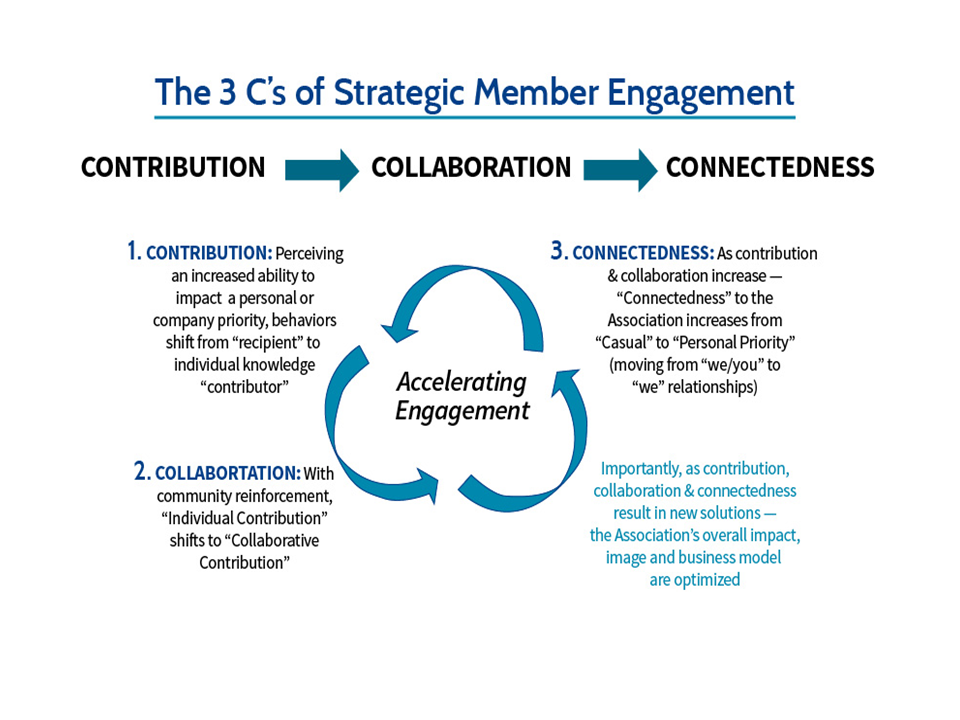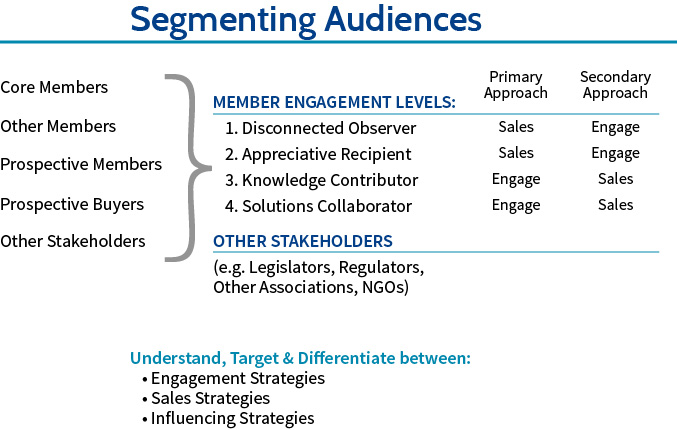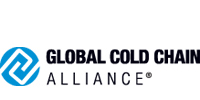Association Outcomes Trump Outputs. Emerging from the great recession and experiencing an almost 50% drop in conference attendance, the Cable & Telecommunications Association for Marketing moved to realign its focus on member business outcomes. Like many Associations today, members are under pressure to produce results for their companies and their focus is about “outcomes” for themselves, their organizations, their constituencies, and customers. An association’s “outputs” (conferences, journals, etc.) are just mechanisms and tactics; members demand “outcomes.”
Members Demand Outcomes
When members don’t feel that they can impact something that they care about, they form their own coalitions, forums and on line communities outside of the association. Too often an association’s internal discussions are about tweaking “outputs,” not creatively driving the “outcomes” that members really care about. In a number of cases Associations shift their focus in order to satisfy member’s new expectations.
Zell Murphy, Senior Vice President, Finance & Administration at CTAM: Cable & Telecommunications Association for Marketing http://www.ctam.com says he and his colleagues needed to shift their focus in order to align with their members business objectives.
Actionable Data
It’s essential to understand how an association is currently impacting member objectives. This requires securing actionable data about member perceptions of their environmental and operational challenges. Murphy agrees and emphasizes that CTAM utilizes survey data and ongoing member contact to define the level of impact they require to achieve their business outcomes. He notes that his members defined the level of strategic collaboration they expected.
Association Outcomes Trump Outputs
With a shared focus on outcomes, many members want to contribute and be connected if they believe that business objectives will be achieved. CTAM reports improvements in renewals and new member discussions much different from: “what do I get for my dues?” conversations before the changes. Although there is only modest operating growth, it reverses what might have been a downward spiral had they not shifted from an output to an outcome focus.
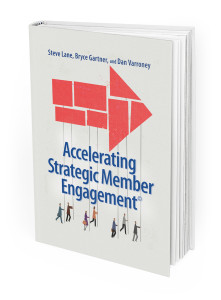 Free eBook “Accelerating Strategic Member Engagement” is available for all Association Executives at www.potomaccore.com, www.icimo.com, and www.verticalleapconsulting.com.
Free eBook “Accelerating Strategic Member Engagement” is available for all Association Executives at www.potomaccore.com, www.icimo.com, and www.verticalleapconsulting.com.
